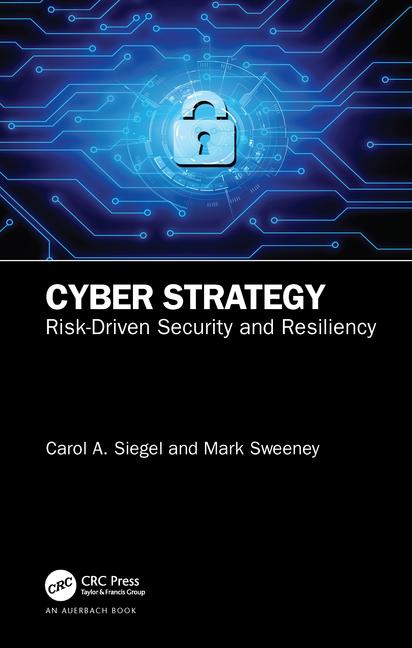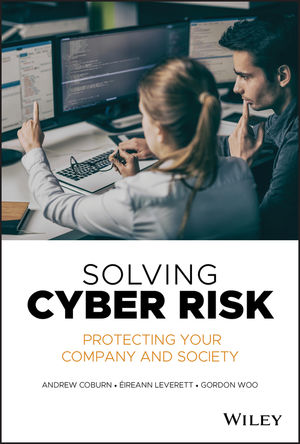How Unified Device Management Is Critical to BYOD Enterprises

Eight months: That’s the average amount of time most IT security breaches go unnoticed. Security enterprises need to establish not only ways to protect themselves from these breaches but ways to uncover them in real-time, before they become major business disruptions. And as Bring Your Own Device (BYOD) and mobility continue to transform the way we do business, many security managers and IT executives are finding that if they don’t initiate a robust security policy, employees are likely to use personal laptops and mobile devices to conduct business anyway. Increased legal liability, likelihood of data breaches and minimized ability to control network security are just a few of the risks that are becoming prevalent in the mobile enterprise. As a result, security decision makers anticipate profound challenges from digital disruption as cyber criminals become more sophisticated and advanced in their tactics.
Unified Device Management is an industry term that is gaining significant traction as BYOD is added to the existing mix of corporate and employee owned devices in the enterprise. However, a unified approach is more than just managing mobile phones and tablets. It encompasses the range of diverse endpoints that can connect to the corporate network, such as traditional desktops, laptops, servers – and in some cases unique devices like point-of-sale kiosks and ATMs. And in order for a unified approach to be genuinely effective, it must encompass more than the devices themselves, and include the ability to securely manage the user, applications and content on them, as well.
While some decision makers have already begun implementing BYOD policies, there is still much work to be done. According to a Gartner report, by 2017, 75 percent of mobile security breaches will be the result of mobile application misconfiguration, making unified device management more crucial than ever in an increasingly complex mobile world. Effective unified device management must balance a number of factors including employee productivity and satisfaction, continuous security compliance and risk, and cost of mobile integration. To address these needs, security leaders should consider practicing these tactics:
• Implement a robust security policy.The security perimeter lines are disappearing, and new security paradigms are needed. The office and work-day are no longer tied to a physical location and strict time, but they bleed into all aspects of an employee’s life. Addressing security concerns does not come in a one-size-fits-all solution. IT security managers need to critically and holistically think about building a tailored blueprint to protect their data, and ensure that employees understand it – especially since an employee can connect to the corporate network via a number of varying personal and corporate owned endpoints.
• Consider the range of devices accessing corporate information.A genuinely comprehensive approach will be both device and platform agonistic – meaning: it will give organizations a way to seamlessly manage the vibrant diversity of both devices and operating systems that have become a reality in today’s business world.
• Think about the Cloud.Business moves quickly – you need to, as well. A solid approach to finding the right solution for your needs would be to identify one that’s offered both on premise and on the Cloud, so you can choose the right one for both your business need and targeted outcome.
Considering these key points will not only reduce the risk of security breaches, but will also empower the mobile workforce and increase productivity. Organizations with an effective unified device management solution often discover up to 35 percent more endpoints connecting to their corporate infrastructure than previously identified – and they can experience up to 90 percent faster deployment time for critical patches and upgrades with 98 percent first scan compliance success. That means they can securely manage their enterprise and experience much stronger business outcomes as a result.
Disclaimer: Gartner does not endorse any vendor, product or service depicted in its research publications, and does not advise technology users to select only those vendors with the highest ratings. Gartner research publications consist of the opinions of Gartner's research organization and should not be construed as statements of fact. Gartner disclaims all warranties, expressed or implied, with respect to this research, including any warranties of merchantability or fitness for a particular purpose.
Looking for a reprint of this article?
From high-res PDFs to custom plaques, order your copy today!







